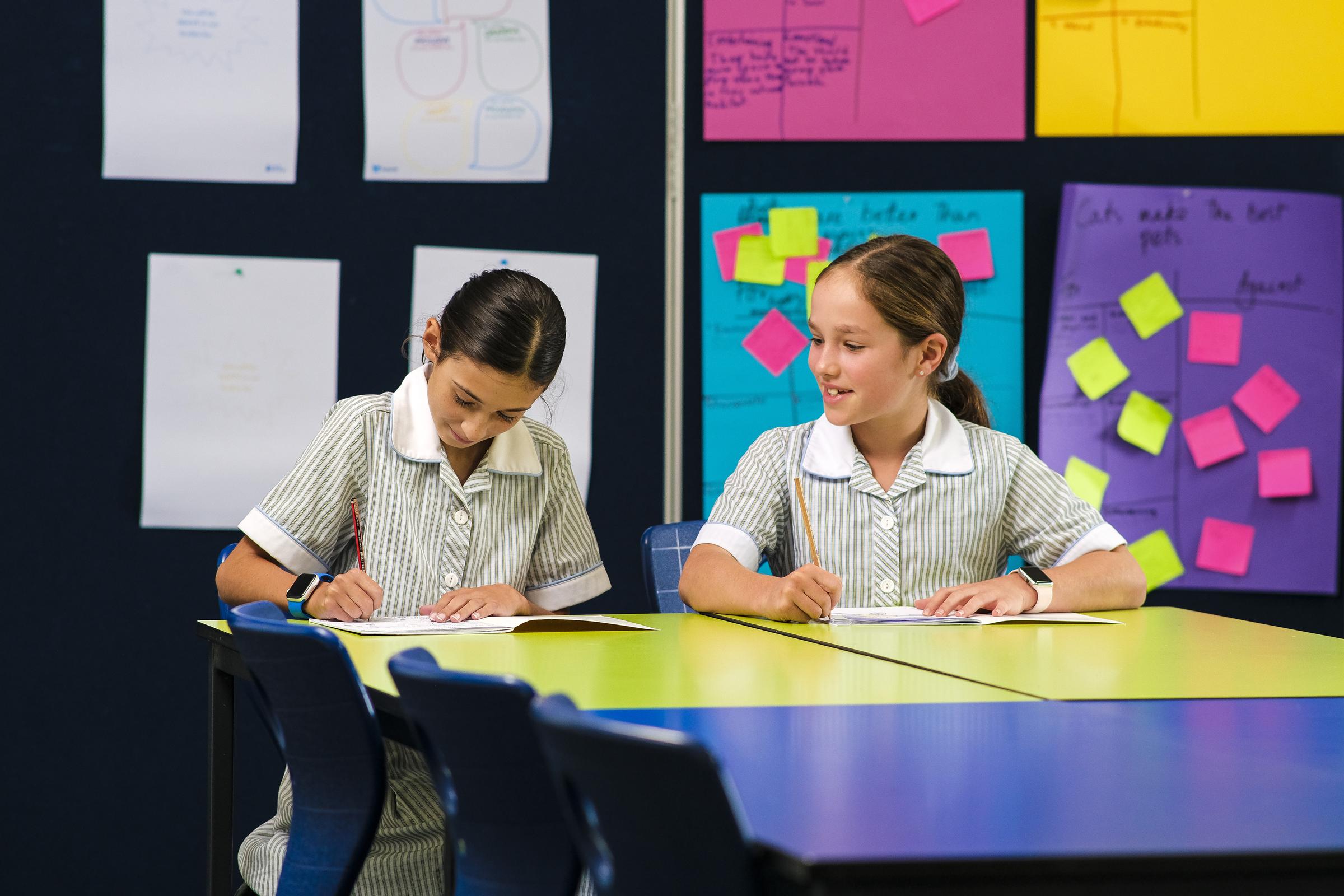Middle Years: On Boundaries and Wellbeing

Reflecting on personal and social boundaries in relationships was the theme of Year 8 Wellbeing class last week. We know that such boundaries contribute significantly to creating an environment that prioritises student wellbeing and promotes a positive and thriving school community.
Personal boundaries serve as a mechanism for fostering healthy and respectful relationships among students. By establishing clear boundaries, students can define and protect their personal space, emotions and values. This empowers students to maintain a sense of autonomy and control over their own lives, promoting a positive sense of self and wellbeing.
Social boundaries help students navigate interpersonal interactions by establishing limits on acceptable behaviour, encouraging clear communication and cultivating mutual respect. Boundaries in a relationship are not about “building walls” against others. Instead, an understanding of one’s boundaries in the context of others cultivates empathy and respect. A community that respects the boundaries of others is a safe, inclusive community where students feel comfortable, valued and supported.
Of course, sometimes things do not go to plan and students may transgress the boundaries of others. A key element of the school’s proactive strategy in supporting students when this occurs is the restorative justice framework. Various restorative strategies are available, but they all involve a process of discussion and reflection to consider the impact of the behaviour in question. This is followed by a process of rehabilitation and reconciliation, empowering the students involved to learn and grow from their experiences.
Importantly, there are natural and logical consequences for actions. Sometimes further interventions are required to support the student to grow over time. The interventions employed are tailored to the specific circumstances, ensuring that the right measures are taken. Indeed, it is crucial to dispel the misconception that restorative justice is contrary to “traditional” forms of behaviour management, for example, “detentions”. Rather than relying on automatic, rigid and punitive approaches, the restorative model focuses on the behaviour performed and the consequences of the action. Sometimes a detention is warranted. It depends on what happened, why it happened and the impact it had on those involved. The restorative model, then, focuses on justice by considering relevant factors and structuring an appropriate response that restores or repairs the harm caused. Too often a detention is used as a fix-all solution for behaviour which leaves the student alone to recognise the impact of their behaviour on others and to change their behaviour. This is not justice that supports the growth of a young person. By engaging in restorative practices, students gain a deeper understanding and desire to foster positive and rewarding relationships.
At the core of the restorative justice framework are the relationships that form our community — the relationships between students, between teachers and students, and between students and the school itself. To establish expectations and foster accountability, the Year 7 and 8 students have collaborated with their Home Groups to develop a set of guidelines. These expectations reflect both the school's standards and the students' own beliefs about how they can embody our community's values. The guidelines, expressed in the students' own voice, outline what they desire from their community, how they can be held accountable, and their aspirations for everyday achievement at school. These documents play a central role in the successful operation and progress of the Middle Years program.
Tristan Hill
Middle Years 7/8 Coordinator

